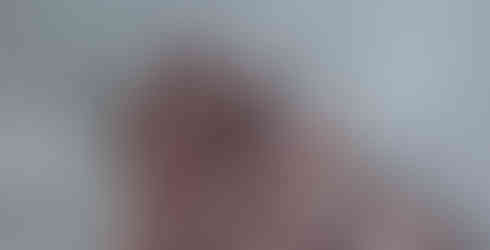What is the difference between dry needling and acupuncture?
- María Resano
- Dec 17, 2021
- 2 min read
When I go to visit equine patients and open a box of needles, there is a question that emerges spontaneously among the owners: "Are you going to do acupuncture? -looking with special interest at the collection of needles that form the base of my work case.
It is true that the clinical practice with needles unconsciously refers us to the characteristic branch of traditional Chinese medicine, acupuncture. However, it is necessary to clarify that there are other techniques based on the use of needles in clinical practice. This is the case of dry needling.
Dry needling is a physiotherapeutic technique used to treat myofascial syndrome, a condition whose main protagonists are muscular trigger points. But... what is a trigger point? What does this have to do with acupuncture? Well, trigger points are localised points in the musculature which, if active, can be painful on palpation and can also give us referred pain. For example, it is very common that when the trapezius muscle in the neck area is palpated, a headache immediately appears. In addition, the presence of trigger points can cause chronic muscle pain that can affect our functionality. The same is true for horses. For this, dry needling is a very valuable tool as it makes the chronic pain due to these trigger points disappear or be minimised, thus restoring functionality.

And to answer the second question, dry needling is a totally different technique to acupuncture. It has a different scientific basis, it is used for different therapeutic purposes and the needles used have different characteristics. Acupuncture is used to treat the whole range of pathologies. It is medicine based on Eastern principles, not physiotherapy. It is based on the insertion of needles in specific points that are more superficial than trigger points and that help to restore balance in the organism and, therefore, to treat the pathology.
But can both be used in the same session and are they compatible? Of course, they can. Although dry needling and acupuncture are different techniques, they can be used in the same session. For example, in musculoskeletal problems such as lameness, we can treat the origin of these problems with acupuncture and, in addition, if we detect the presence of trigger points in the tense bands of the musculature, we can use dry needling. In this way, the treatment is more complete and integrative.



Commenti